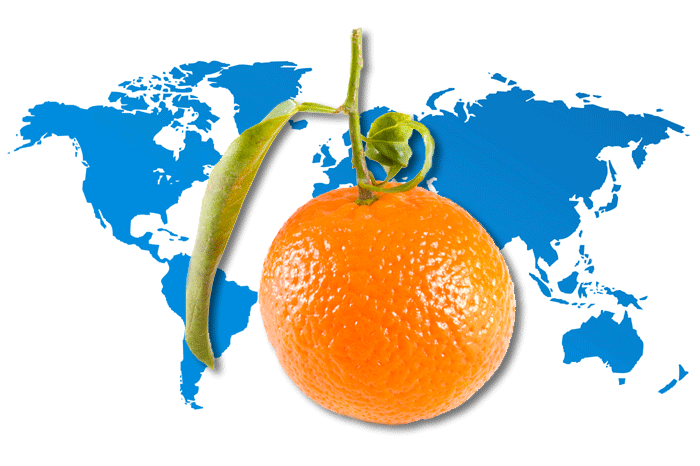If there is one fruit that is synonymous with Florida’s agriculture community and it’s history, the orange would be first on the list for many people. However, there are scientists at the University of Florida’s Institute of Food and Agricultural Sciences who are attempting to bring the Florida tangerine into more of the spotlight. With some remarkable science, these men and women are working to unlock the “formulas” that will unleash the fruit’s taste and aroma.
In recent years, many Florida growers have lost a foothold when it comes to the sales of tangerines to many growers in California and Spain. These growers have enjoyed much success as a result of their seedless Clementine varieties. Many people might have seen them in their local market labeled as “California Cuties.” When these same varieties are produced in Florida, they have been found to have an increased number of seeds, which turns off many customers.
The researchers at the University of Florida’s IFAS division are making an attempt to help growers regain their places on stores shelves, kitchen tables, and lunch boxes. Fred Gmitter, a UF citrus breeder based at the university’s Citrus and Research and Education Center in Lake Alfred, explains, “What we really want is to have a tree that’s disease free or disease resistant for growers but also one that produces a lot of fruit, has fruit that looks good, peels easy, is seedless and tastes so good that people have to come back and get more.” This winning combination is exactly what the researchers are attempting to accomplish.
Similar studies like these have been done to discover the power of the orange. Just recently, however, have scientists turned their attention to the tangerine. One of the initial goals is to simply understand the highly complex nature of the fruit’s aroma and tastes. They have discovered that there are, in fact, 49 different aroma compounds that are hidden within five different hybrid tangerines. By identifying these individual aroma notes, they can attempt to single out those that consumers have described as the most desirable. This foundation of information would be invaluable for growers looking to bring the Florida tangerine to the forefront. “I want to understand the genetics that lay underneath all of this stuff, so we can develop molecular markers, and then we can select seedlings at a very young age that we think should have good flavor attributes,” Gmitter says.
With the help of these talented researchers and scientists, the Florida tangerine has a shot at becoming a huge windfall for the Florida citrus industry. This spirit of innovation and progression is the cornerstone of the agriculture community here in Florida. If there is a way to make the consumer happy, the growers and researchers here will not stop until the job is done.
CREDIT
story by RYAN WALLS

